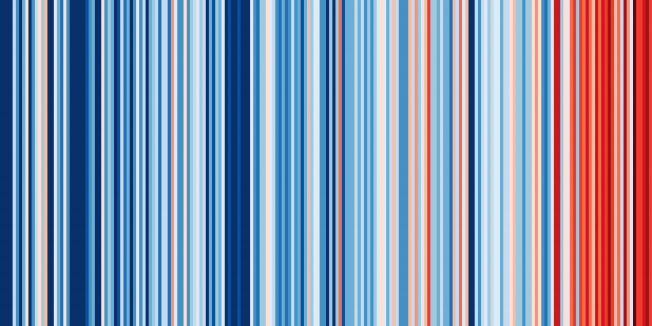Key drivers of large scale changes in North Atlantic atmospheric and oceanic circulations and their predictability
Climate Dynamics Springer 63:2 (2025) 113
Abstract:
Significant changes have occurred during the last few decades across the North Atlantic climate system, including in the atmosphere, ocean, and cryosphere. These large-scale changes play a vital role in shaping regional climate and extreme weather events across the UK and Western Europe. This review synthesizes the characteristics of observed large-scale changes in North Atlantic atmospheric and oceanic circulations during past decades, identifies the drivers and physical processes responsible for these changes, outlines projected changes due to anthropogenic warming, and discusses the predictability of these circulations. On multi-decadal time scales, internal variability, anthropogenic forcings (especially greenhouse gases), and natural forcings (such as solar variability and volcanic eruptions) are identified as key contributors to large-scale variability in North Atlantic atmospheric and oceanic circulations. However, there remain many uncertainties regarding the detailed characteristics of these various influences, and in some cases their relative importance. We therefore conclude that a better understanding of these drivers, and more accurate quantification of their relative roles, are crucial for more reliable decadal predictions and projections of regional climate for the North Atlantic and Europe.Supplementary informationThe online version contains supplementary material available at 10.1007/s00382-025-07591-1.Forecast-based attribution for midlatitude cyclones
Copernicus Publications (2025)
Towards an operational forecast-based attribution system - beyond isolated events
Copernicus Publications (2025)
The Relative Role of Indian and Pacific Tropical Heating as Seasonal Predictability Drivers for the North Atlantic Oscillation
Journal of Geophysical Research: Atmospheres American Geophysical Union 129:18 (2024) e2024JD041233
Abstract:
Understanding the predictability drivers for the North Atlantic Oscillation (NAO) during boreal winter at seasonal time scales remains challenging. This study uses large ensembles with the ECMWF seasonal forecasting system to investigate the relative impact of tropical Indian and Pacific heating on NAO predictability by examining the tropical forcing, teleconnection pathways, and sources of uncertainty. We select three case studies ‐ 1997/98, 2015/16 and 2019/20 ‐ with strong Indian Ocean heating anomalies, but with different El Niño conditions. We show that in 2019/20, with neutral ENSO conditions, Indian Ocean SSTs favor a positive NAO response via stratospheric and tropospheric pathways. In the cases with strong El Niño, we find contrasting results: in 1997/98, the Pacific forcing dominates, producing a negative NAO. In 2015/16, despite the strong El Niño, the Indian Ocean forcing dominates, leading to a positive NAO via intensification of the stratospheric polar vortex (SPV). While the stratospheric pathway exhibits varying responses to Indian Ocean forcing ‐ being weaker in 1997/98 and strongest in 2015/16, the Indian Ocean‐related tropospheric pathway remains robust along the Pacific subtropical jet across years. However, there is destructive interference between teleconnections from Indian and Pacific SST anomalies in both the tropospheric and stratospheric pathways. The competing effects of tropical heating in both basins, uncertainties in the Rossby wave response to tropical heating and SPV variability contribute to uncertainty in seasonal NAO predictions. The flow‐dependent nature of the stratospheric pathway underscores the complexity of seasonal forecast predictability, and the existence of windows of opportunity.Drivers of the ECMWF SEAS5 seasonal forecast for the hot and dry European summer of 2022
Quarterly Journal of the Royal Meteorological Society Wiley (2024)



